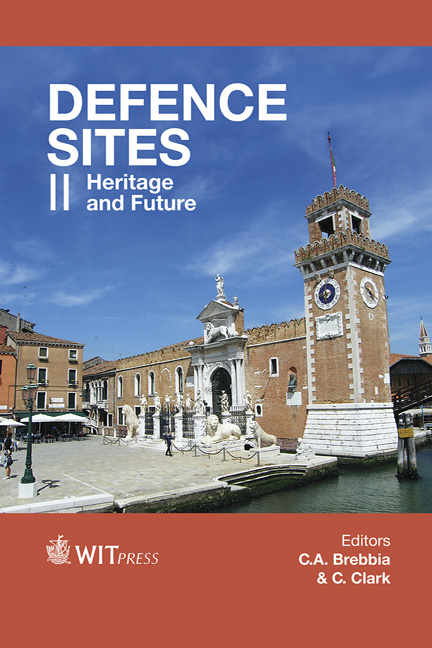The Culture Of Immanence In The Re-use Of Revival Architecture: A New Life For Tafuri Castle In Sicily (Portopalo Di Capo Passero, Syracuse, Italy)
Price
Free (open access)
Transaction
Volume
143
Pages
11
Page Range
197 - 207
Published
2014
Size
2400 kb
Paper DOI
10.2495/DSHF140171
Copyright
WIT Press
Author(s)
F. Cantone
Abstract
Cultures of immanence identify areas of sociality, dividing them into the different social groups. These spaces are dictated by rules of appearance, of expressing their strength in economic terms and as regards tradition. ‘Medieval revival’ and the rediscovery of castles should be seen in this context. In fact, between the late nineteenth and early twentieth centuries, historicism was beyond doubt highly valued and led to the construction of castles and fortresses. These buildings were emblematic of the great desire to embrace the values of a simultaneously romantic and syncretic past. Processes involved in the regeneration of cities and the urban environment see the reuse of buildings through actions dictated by social needs related to work, education, participation and the public sphere. In this sense, restoration must interpret the site as an instrument that steers the planning process towards balanced decisions: the site as a space of life and living... a characterising element of the project. The re-use project for Tafuri Castle, located in the southernmost area of Sicily, is set in this context. This work was undertaken by Severino Crott, a famous Florentine architect close to historicism. Partially built in 1935, the castle was only completed at the start of the 1960s and was later transformed into a hotel and used until the late 1990s. The intention is to return it to the community as a landmark for the area, accurately recovering its technical elements and defining functions related to the specificity of contemporary society and the territory.
Keywords
regeneration process, bottom up, re-use, revival architecture, castle





